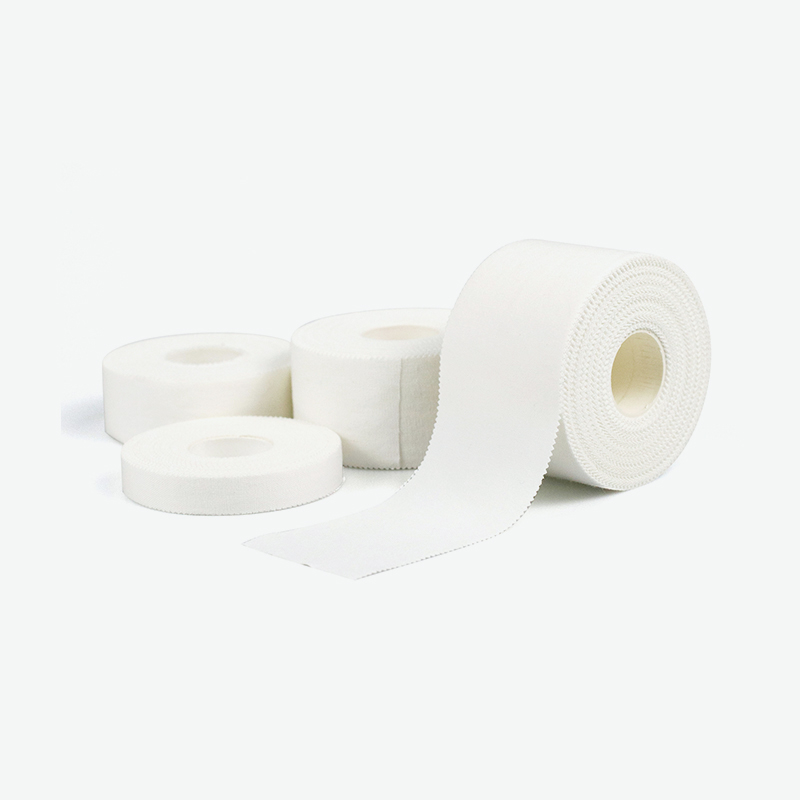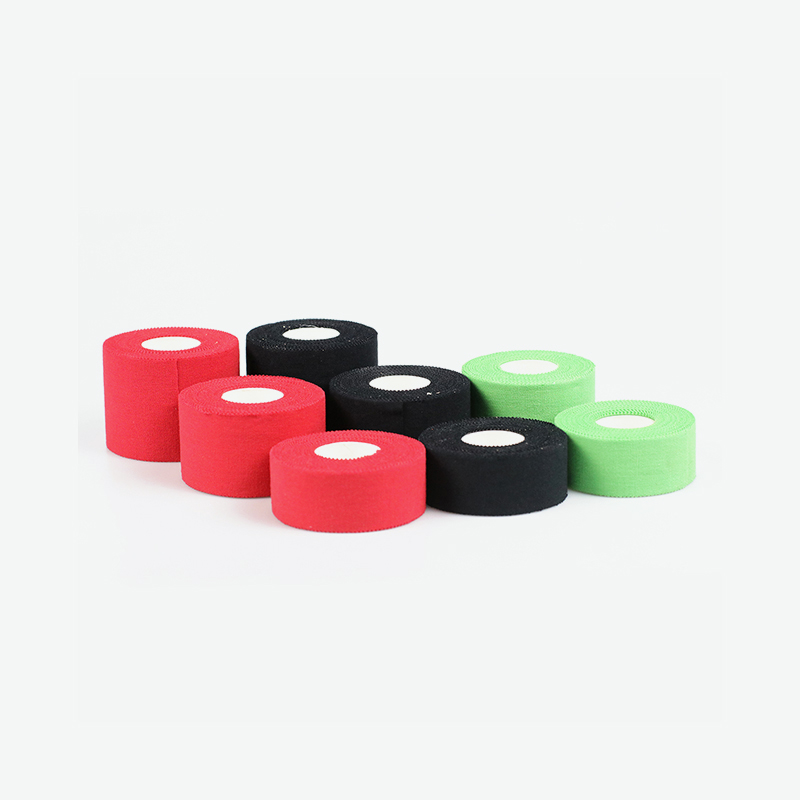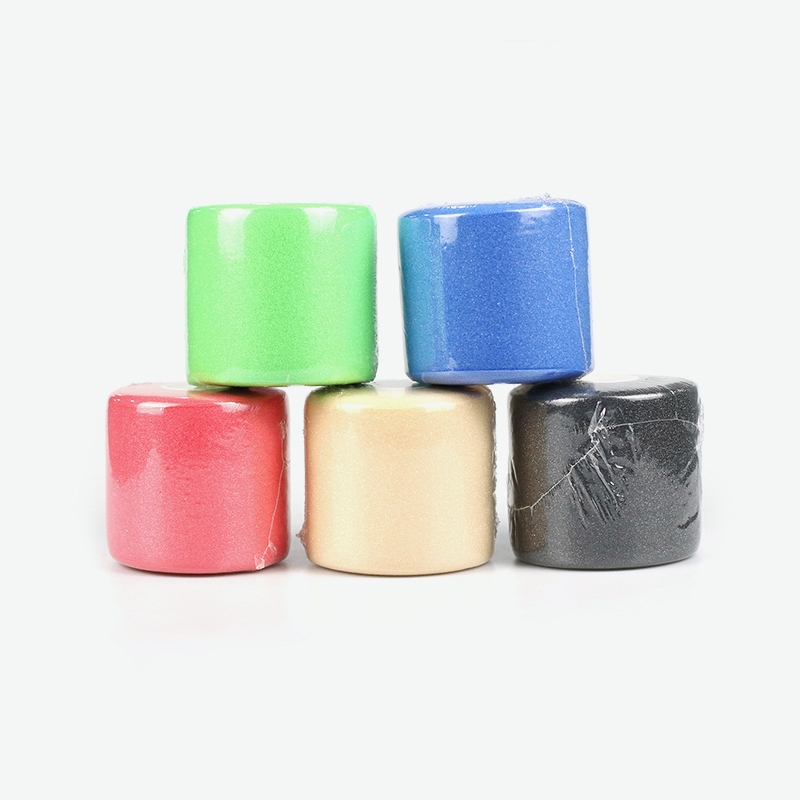Often known by brand names like Vetrap or Coban, this is a type of self-adhering bandage. Its key features are:
Non-Woven: Made from synthetic fibers (usually polyester) that are pressed together, making it lightweight, breathable, and soft.
Cohesive: It sticks only to itself, not to skin, hair, or fur. This makes it painless to remove and for sensitive areas.
Stretchy: It has significant longitudinal stretch, allowing it to conform comfortably to joints and body contours while providing light support and compression.
Key Benefits and Uses
Secure Dressings: Its primary use is to hold wound dressings, gauze, or ice packs in place.
Light Support: Provides mild compression and support for sprains, strains, or swollen joints (e.g., wrists, ankles).
Protection: Covers and protects wounds from dirt and debris.
Veterinary Use: Extremely popular in veterinary medicine because it doesn't stick to animal fur.
Easy Removal: Unravels easily without scissors (though they can help) and doesn't pull on hair.
Step-by-Step Guide: How to Apply the Bandage
What You'll Need:
Non-woven cohesive bandage
Underlying gauze pad or dressing (if covering a wound)
Scissors (optional, but helpful)
Instructions:
Prepare the Area:
Ensure the skin is clean, dry, and free of oils or lotions. If covering a wound, ensure the primary dressing (gauze pad) is already in place and secure.
Start in the Right Position:
For a limb, start below the injury or dressing (closer to the hand or foot). This allows you to work upward, which helps prevent the bandage from sliding down as you move.
Hold the roll with the loose end on top, so you unroll it away from your body as you wrap.
Anchor the Bandage:
Place the start of the bandage on the skin at a slight angle.
Make one full turn around the limb to anchor it. Do not stretch the bandage during the anchor turn; lay it on flat.
Wrap the Bandage:
Overlap Correctly: As you continue wrapping, each new turn should overlap the previous one by about 50% (half the width of the bandage). This ensures even pressure and security.
Apply Gentle Tension: Use a light to moderate stretch. The bandage should be snug and secure but must not cut off circulation.
A good rule of thumb: You should be able to easily slide one or two fingers under the finished bandage.
Keep it Even: Maintain consistent tension as you wrap to avoid creating tight or loose spots.
Finish the Bandage:
After you have covered the area sufficiently (usually 1-2 layers over the entire dressing), make one final full turn on a stable, non-bony area.
Secure the End: Tear or cut the bandage. Press the end firmly onto the underlying layer. The cohesive material will stick to itself, creating a secure seal. You can also tuck the end under the last fold for a neater finish.

 English
English 中文简体
中文简体 Español
Español عربى
عربى Français
Français Português
Português






